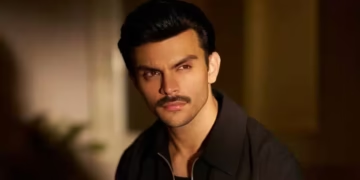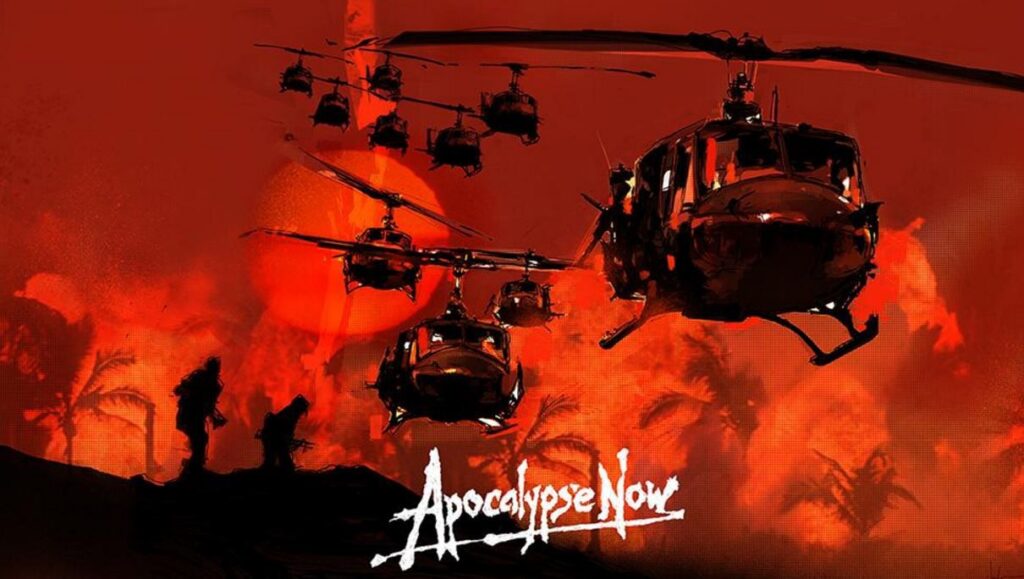Apocalypse Now, a 1979 epic about the Vietnam War, was loosely based on Joseph Conrad’s Heart of Darkness and starred some of the most famous actors in Hollywood history, such as Marlon Brando, Robert Duvall, Martin Sheen, Dennis Hopper, and Laurence Fishburne.
Here are seven facts about the film we think you probably didn’t know:
George Lucas was about to direct the film first
The movie’s original director was Lucas. He intended to use real soldiers to film “Apocalypse Now” on a 16 mm film in Vietnam while the country was still at war. But Lucas had to abandon the project because he was too preoccupied with “Star Wars” and “American Graffiti”. Then Lucas chooses Francis Ford Coppola for the direction of his dream project.
You are limited to viewing the 2001 re-release

The only commercially available version of the movie is “Apocalypse Now: Redux.” The runtime was extended by 49 minutes in the 2001 re-release, which also used a unique Technicolor filming technique.
There was actual combat during the filming
The movie was shot In the Philippines. President Ferdinand Marcos loaned the helicopter gunships after meeting with Coppola to discuss the project. Marcos had to call up the gunships for real-life combat against a rebel army while the scene was being filmed.
Trending now: Doctor Who Season 14
Colonel Kurtz’s character was based on a real person

Anthony Poshepny is thought to have inspired Marlon Brando’s, Colonel Kurtz. During the Vietnam War, CIA agent Poshepny was sent to Laos to train a clandestine army of hill tribes. He also dropped severed heads in enemy territory, much like Kurtz.
On set, props became a little bit too real
One props manager went so far as to locate real human corpses for scenes requiring dead bodies in an effort to push the limits of the movie’s authenticity. The corpses were put on hold by a production manager after the neighbourhood police launched an inquiry.
Francis Ford Coppola gave his body and his money to complete the film

Fans of the movie won’t likely be surprised to learn that Apocalypse Now’s production cost $17.5 million, more than expected, and took twice as long to complete as originally planned. But here’s the crazy part: Coppola was so determined to make the movie that he mortgaged both his Napa Valley home and winery to help pay for it. Before the filming was finished, Coppola had lost 100 pounds as a result of the demanding Philippines shoot.
Yes, that buffalo was actually killed
The killing of Col. Walter Kurtz (Brando) by Willard, the film’s climactic scene, is set against the ceremonial butchering of a water buffalo. The killing of the animal was not staged, whereas Kurtz’s death was.

Coppola reportedly saw a water buffalo being butchered by Ifugao tribe members prior to filming the scene, so he decided to record the ceremony to use in the movie. The American Humane Association gave the movie an “unacceptable” rating because Coppola was able to include the scene in the film despite violating the laws against animal cruelty that apply to American films because the filming took place in the Philippines.






















